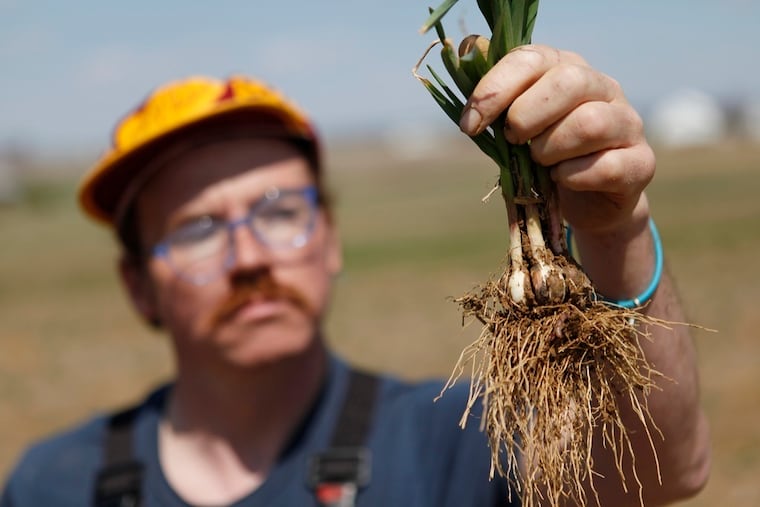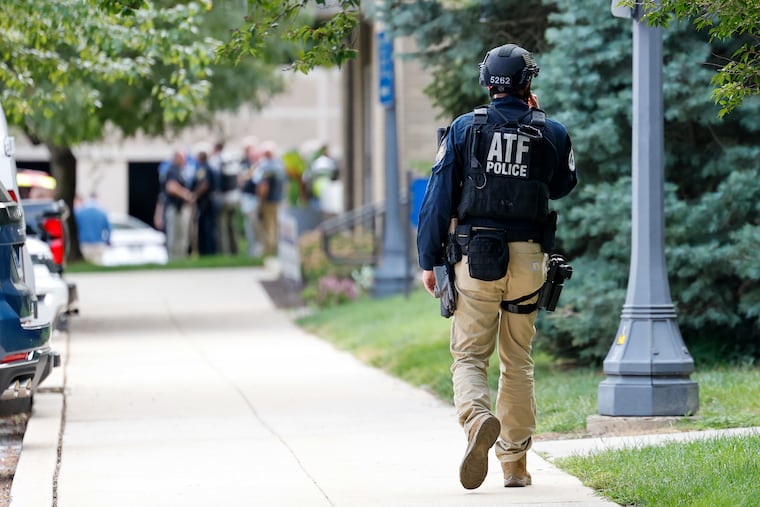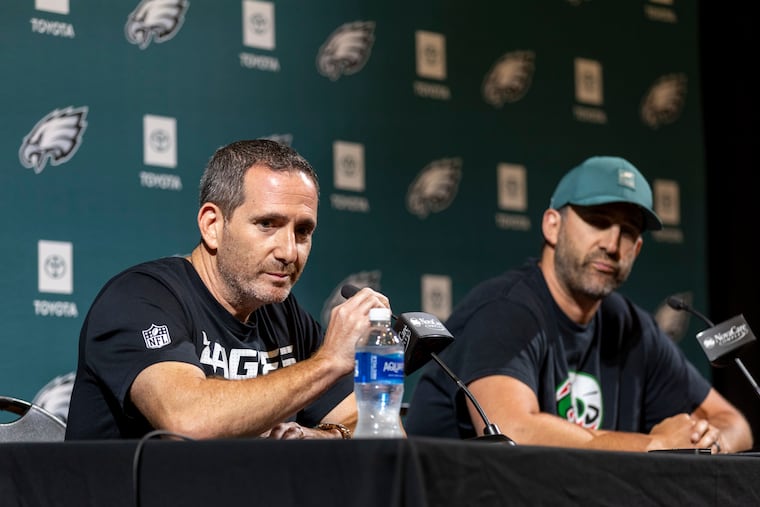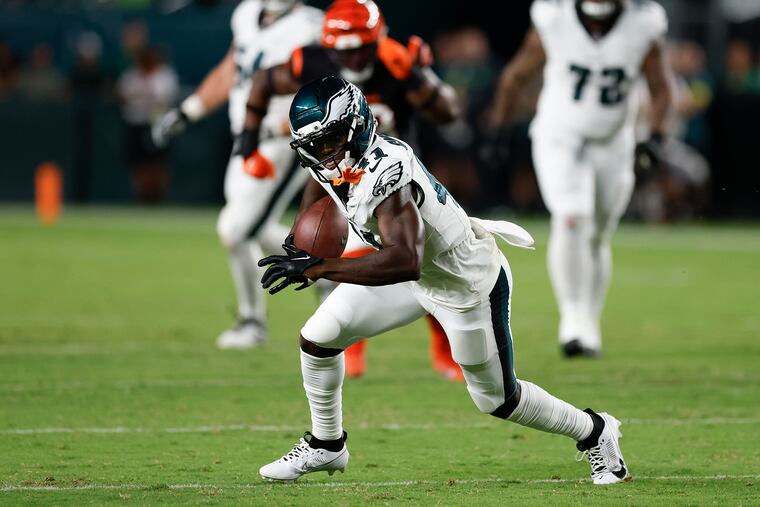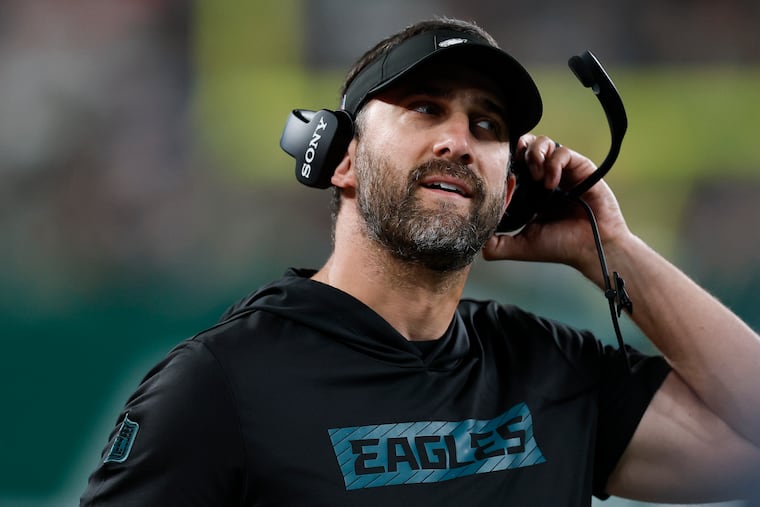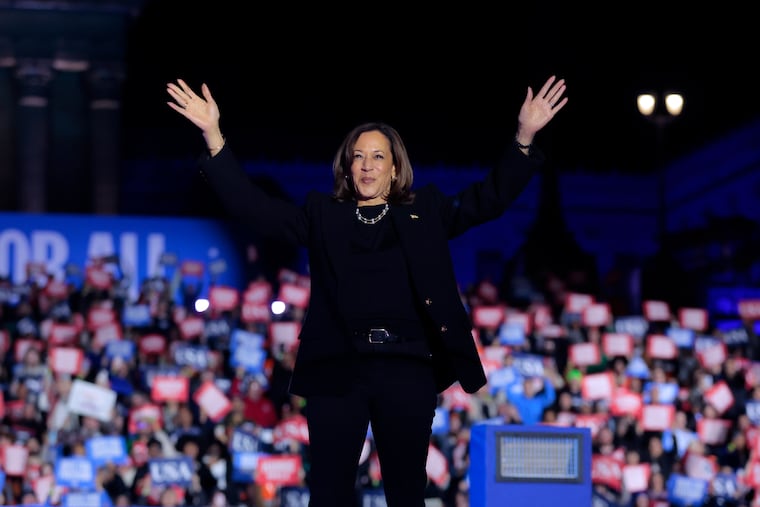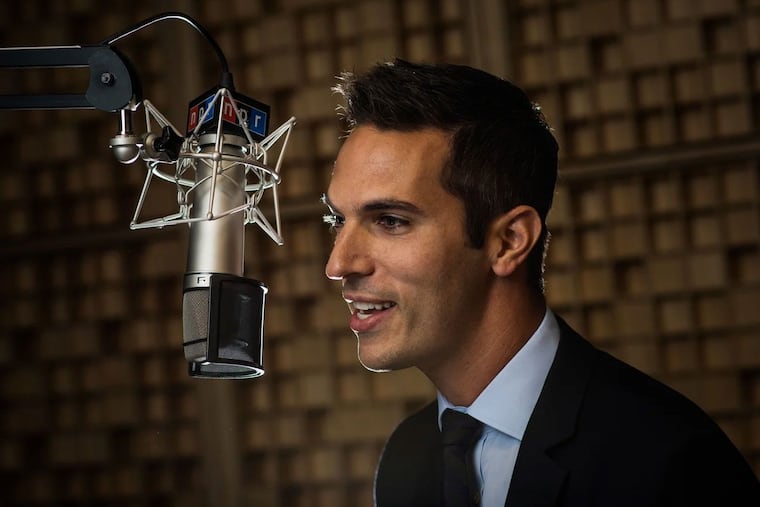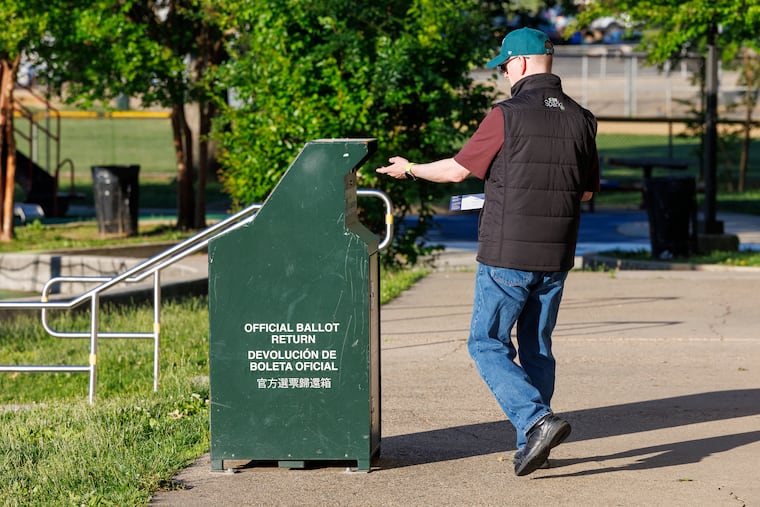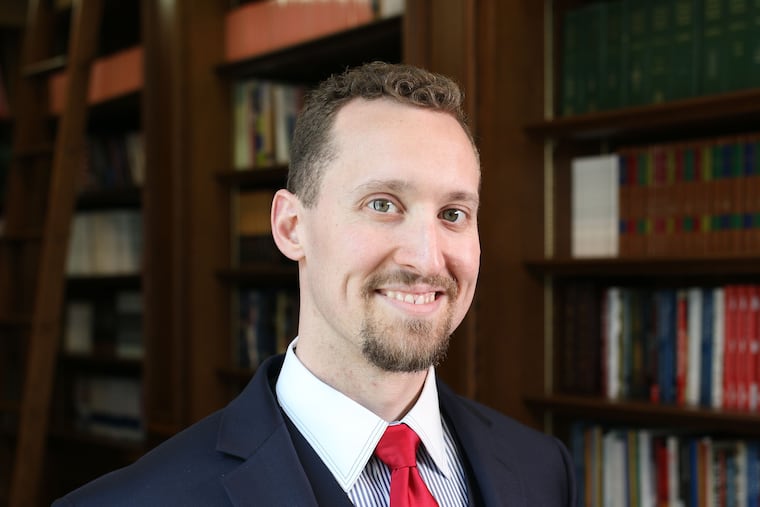Joe Biden in Fla., Pete Buttigieg in N.Y., Bernie Sanders in Ore.: Who’s winning the big-money race in each state
To get a sense of how that money is distributed, The Inquirer broke down large-dollar donations by state to get a sense of regional strength and, in some cases, geographic fund-raising strategy.

- Anti-extremism researchers say they’ve identified group claiming responsibility for Villanova hoax shooter call, provide audio of Bucknell incident
- For Trevor Zegras, the trade to the Flyers is not just a refresh, it is also a homecoming of sorts
- Meet Tom Cillo, the 58-year-old retired freshman playing on the Lycoming College football team
- Bryce Harper: Phillies ‘got to have a sense of urgency’ after sweep by Mets cuts NL East lead to four games
- We’ve predicted the outcome of every Eagles game this season. It’ll be a wild ride.
Marcus Hayes | Columnist
Eric Tucker, Michael R. Sisak and Alanna Durkin Richer, Associated Press
Lindsay Whitehurst, Associated Press
Jennifer Peltz and Michael R. Sisak, Associated Press
Nicholas Riccardi and Ali Swenson, Associated Press
Josh Boak and Samya Kullab, Associated Press
Lindsay Whitehurst, Ashraf Khalil and Alanna Durkin Richer, Associated Press


